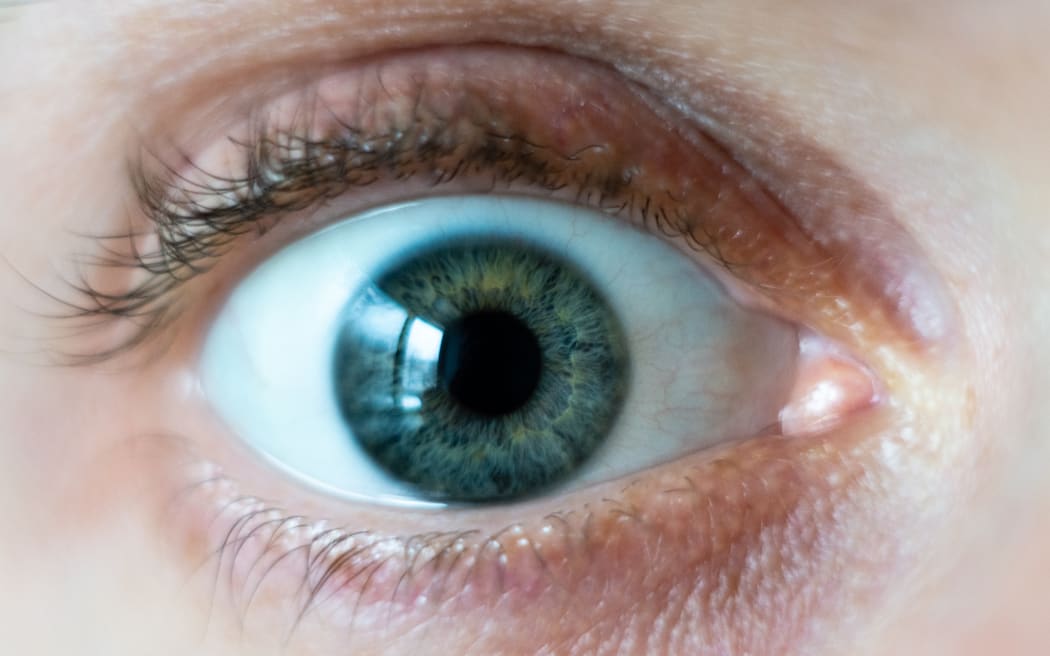Research out of the US suggests that blinking does more than just lubricate the eye.
Researchers from the University of Rochester investigated blinking and found eye blinks aren’t just a mechanism to keep our eyes moist; they help our brains process visual information.
Blinking, they found, increases the power of retinal stimulation and this significantly enhances visibility.
The research used high-resolution eye-tracking to investigate how blinking affects vision in 12 people who viewed images of varying contrast on a screen.

Photo: 123RF
Blinking is very complex, Helen Victoria Danesh-Meyer a professor at the University of Auckland told Sunday Morning.
“You can notice that when someone's engaged in an animated conversation, if you count their blink rates, it's been shown to be higher, it's a very complicated process. It's controlled by dopamine, which is a neurotransmitter in the brain.
“And that's why some conditions such as Parkinson's disease are associated with decreased blink rates, because there's a decreased amount of dopamine in the brain.”
A study out of a university in the UK, suggests that a loss of visual sensitivity can predict dementia 12 years before it's diagnosed, and Danesh-Meyer believes there is diagnostic potential here.
“I certainly think that the future in diagnosing early dementia is with these visual biomarkers.
“There's a high false positive rate in the way the results are available for clinical use at the moment, so they're in the research world, but as technology converges with our understanding of the science, and we can develop more rapid biomarkers, this will no doubt change in the next five to seven years, I predict where there will be these very readily accessible biomarkers.”
Technological advances mean using eye movement as a biomarker becomes feasible, she says.
“One of the areas that we're researching at the moment is looking at eye tracking and using that as a biomarker for picking up dementia as well as other neurological disorders, looking at pupillary response and blink rates.
“In three to four years, there will be a constellation of these visual tests that will be able to provide a much more accurate prediction than at the moment.”

